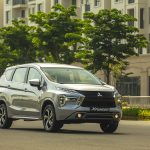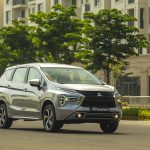After 3 years of using the Mitsubishi Xpander with over 216,000 km, Mr. Truong Trung Hieu shared his thoughts: if only…
As one of the first 5,000 Xpander sold in Vietnam, Mr. Hieu’s car is probably the oldest Mitsubishi Xpander in the country. Being used for business purposes, the mileage of this Xpander exceeds the average mileage of an ordinary user.
Until now, after more than 3 years of being a taxi, the car has covered over 216,000 km. That means, on average, the car travels more than 70,000 km per year. However, that distance is still not enough for this Xpander.
In addition to a scheduled timing belt replacement, Mr. Hieu revealed that the Xpander can be described as “just fill it with gas and go”. All other engine details are still completely original without any repairs. Of course, basic maintenance and care, such as engine oil, oil filter, air filter… are strictly followed by Mr. Hieu.
This means that as long as the owner takes basic care and maintenance of the Xpander, the car will serve you reliably and resiliently to an astonishing degree. After 216,000 km, the car has never broken down. This is an extremely important factor for users of business-service vehicles.
Because a breakdown on the road will lead to many consequences, such as towing costs, repair costs, costs of arranging alternative transportation to fulfill contracts, or worse, contract compensation. Even the number of days that the car has to be put on the lift is calculated as a loss, because during the repair period, the car cannot be used for business, while the owner still has to bear the daily interest payments to the bank.
In addition to maintaining the original engine for durability, Mr. Hieu has also upgraded some other accessories for the car. Most notably is the “angel eye” headlight set, which not only improves visibility when driving at night, but also personalizes the car according to the owner’s preferences.
Next, the grille, logo, and front underbody panel have also been customized to the owner’s liking. These colorful details are purely aesthetic upgrades and reflect Mr. Hieu’s personal style.
When it comes to the car body, an important upgrade is the wheels. The face of the wheels still features a double-spoke design, but has been modified compared to the original wheels, thanks to eye-catching yellow and red accents. The tires have also been replaced with Bridgestone Turanza tires to reduce noise and ensure smoothness for passengers.
The unique pair of side mirrors of this Xpander has also been upgraded to be power-folding, adding convenience when parking. Meanwhile, the rear of the car has seen minimal modifications, except for the upgraded rear underbody panel, similar to the front of the car.
Entering the interior of the car, Mr. Hieu has further upgraded the Mitsubishi Xpander with additional useful features, making any passenger feel satisfied.
First of all, as soon as the car door is opened, passengers can easily notice the rubber pads attached in various positions to make opening and closing the door smoother. Inside the doors, the plastic panels have been reinforced with adhesive and rubber materials so that the car does not produce any strange or squeaky sounds when in operation, especially when driving on rough roads.
Next, the largest area in the car is covered by the headliner, which has been wrapped in a simulated leather material with stylish seam patterns. Apart from enhancing aesthetics, this upgrade also makes it easier to clean the car and prevents unpleasant smells, especially in the hot and humid conditions of the Southern region.
Similar to the door panels, the inside of the dashboard plastic has also been reinforced to reduce noise while driving. The top of the dashboard is covered with a heat-resistant carpet to prolong the lifespan of the plastic parts. Some positions are decorated with carbon fiber-like decals according to the owner’s personal taste.
A notable detail in the middle of the dashboard is the central infotainment screen, which can play music, stream YouTube videos, search routes on Google Maps, and display the reverse camera. Next to it is a phone holder for the front passenger.
Especially, although not visible, the entertainment speaker system has been replaced with custom JBL speakers. With a do-it-yourself approach, Mr. Hieu purchased the speakers himself and installed them. Compared to professionally installed audio system upgrades, the “DIY” speaker system in this Xpander may lag behind in terms of finished quality, but it is hidden below the door and works very well, completely meeting the basic entertainment needs of passengers.
The driver’s seat area also has many upgrades. Firstly, the original steering wheel has been replaced with a higher-end version. As a result, the car has an automatic Cruise Control feature, even though this Xpander is a manual transmission version. Above the steering wheel, an additional small clock is installed, showing the time and outside temperature.
Below the steering wheel, the car also has power-adjustable folding switches for the side mirrors, an additional charging port for a dashcam, and a large fan with a cushion pad, which Mr. Hieu personally modified to serve himself.
All power outlets from the cigarette lighter are fully utilized to charge phones, run air purifiers, and two fans. The storage space around the driver’s seat is almost full. Therefore, Mr. Hieu added convenient hanging hooks to serve other passengers in the car.
The second and third row seats in the car are still kept in their original condition. If the last row of seats is folded, the trunk space is extremely spacious, enough for the luggage of 5 adults for a week. This is also a great advantage of a typical MPV like the Mitsubishi Xpander.
After 3 years of operation, covering a distance of 216,000 km, it seems that the Mitsubishi Xpander of Mr. Hieu is unstoppable. With 5 adults and about 200 kg of luggage, the car can still accelerate smoothly and comfortably. The car has not shown any signs of slowing down or hesitation. This is actually a strong point of Japanese-origin cars in general and the Mitsubishi brand in particular.
The most satisfying part, Mr. Hieu proudly boasted: this manual Xpander only consumes about 5L/100 km if driven by one person on spacious roads without traffic jams. Meanwhile, when carrying a full load and the driver knows how to “control the throttle,” the mixed road consumption is just over 6L/100 km of fuel.
Before deciding to buy a vehicle for the transport business, Mr. Hieu carefully considered many aspects, especially durability and fuel efficiency, before deciding to own the Mitsubishi Xpander. However, it wasn’t until he owned the car that Mr. Hieu was truly surprised and satisfied with the Xpander’s fuel efficiency. This is a significant advantage for transportation businesses, especially in the context of increasing fuel prices.
In summary, after 3 years of use with over 216,000 km, the Mitsubishi Xpander continues to operate reliably and satisfies the owner. Especially thanks to its fuel efficiency, after 3 years, Mr. Hieu has “recouped his investment” and started making a profit from the Xpander. Some missing conveniences in the original car have been added by the owner to increase passenger comfort.

By Phan (Tuoitrethudo)
[Mitsubishi Xpander vs Toyota Veloz] Intense Battle – An In-depth Comparison
As we enter 2022, the MPV segment welcomes two extremely appealing newcomers – the Toyota Veloz and the updated facelift version of the Mitsubishi Xpander, which has enjoyed tremendous success over the past 3 years. These two “rivalry players” will be the main characters in the battle for the throne of the affordable 7-seater segment in the Vietnamese market.


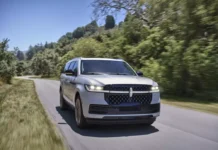

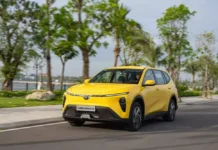


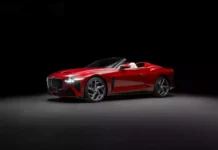























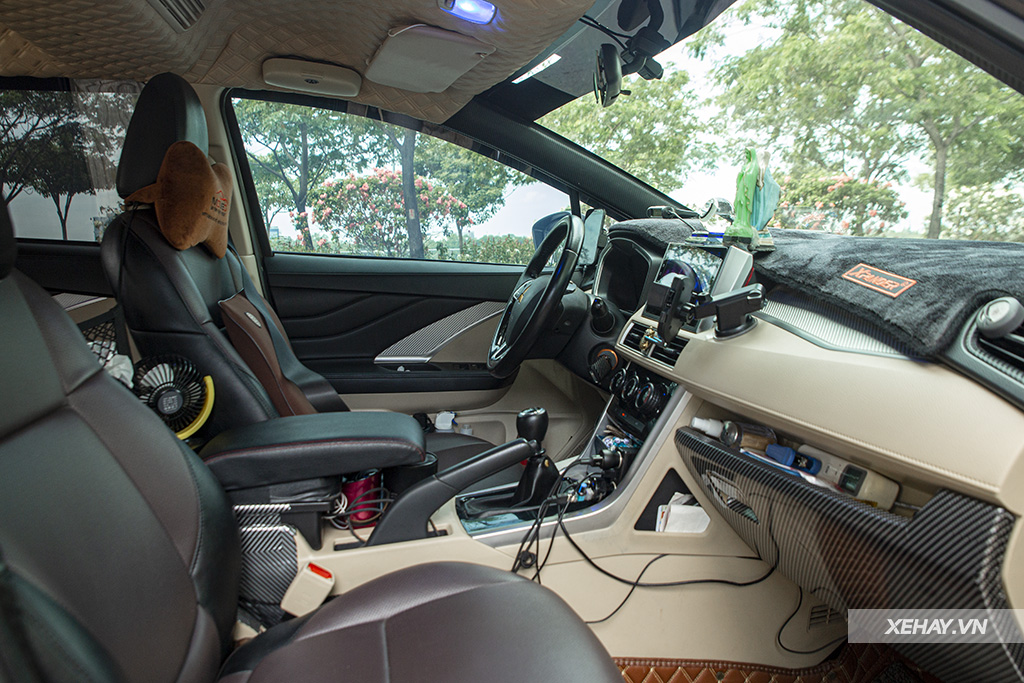

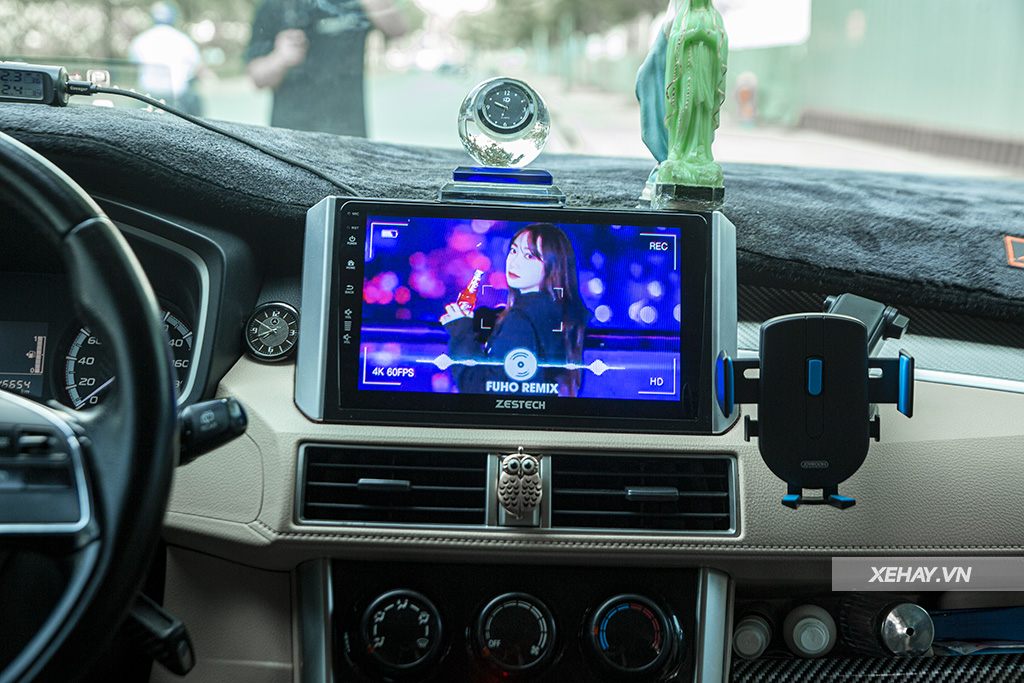
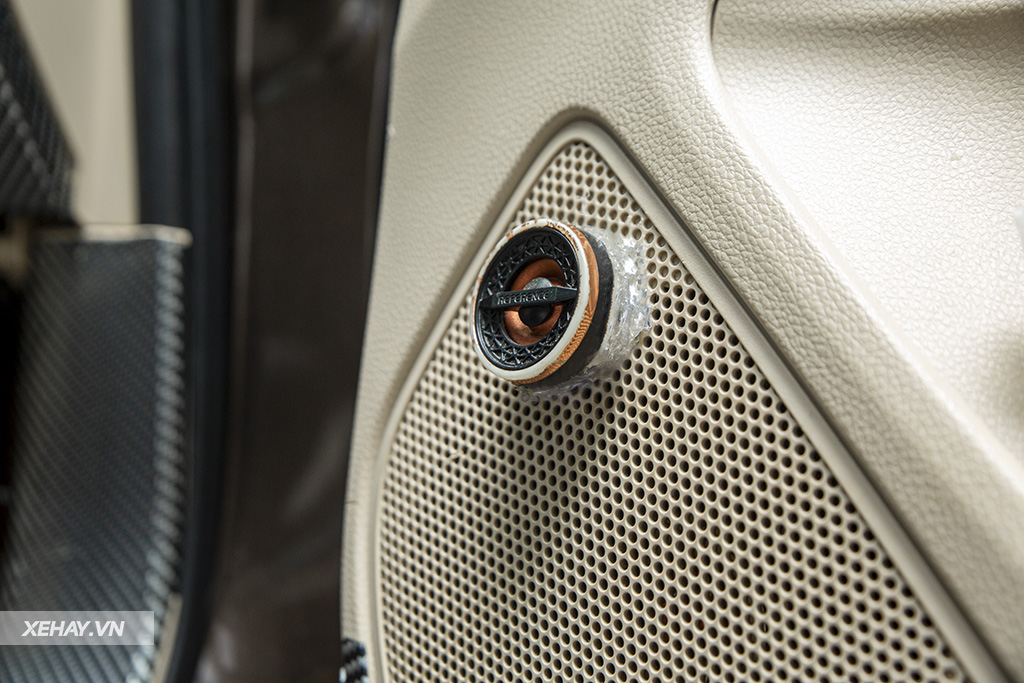
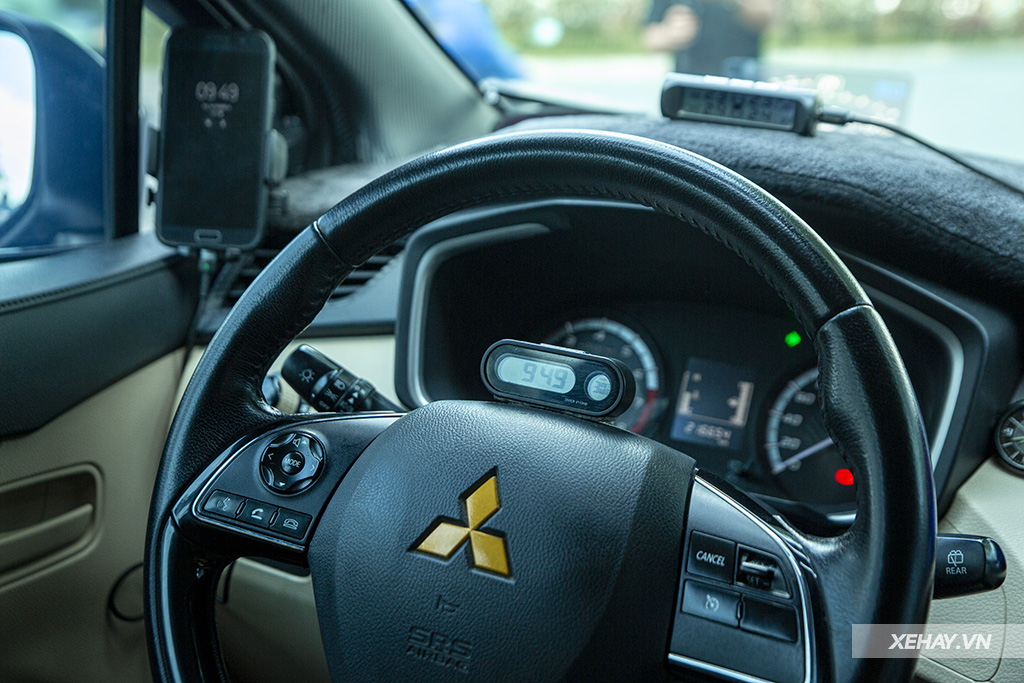



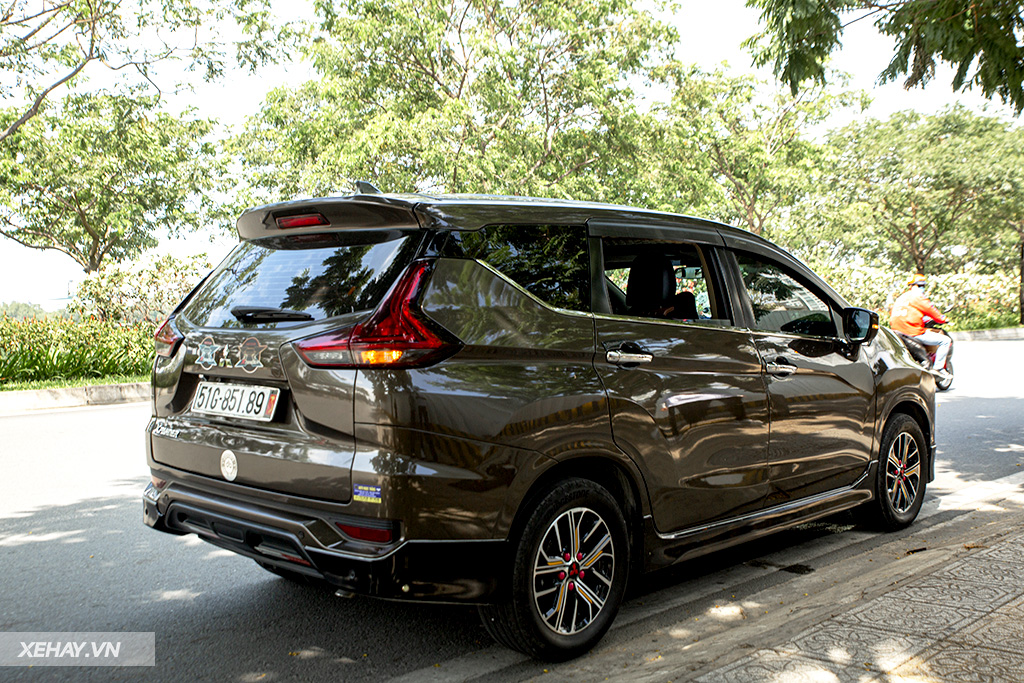

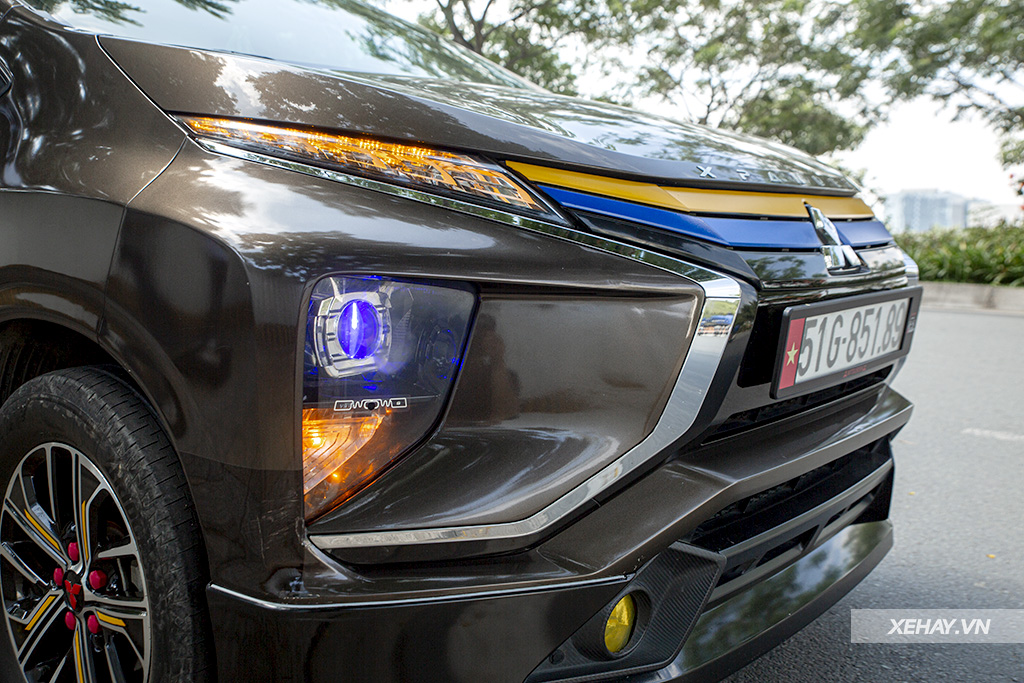
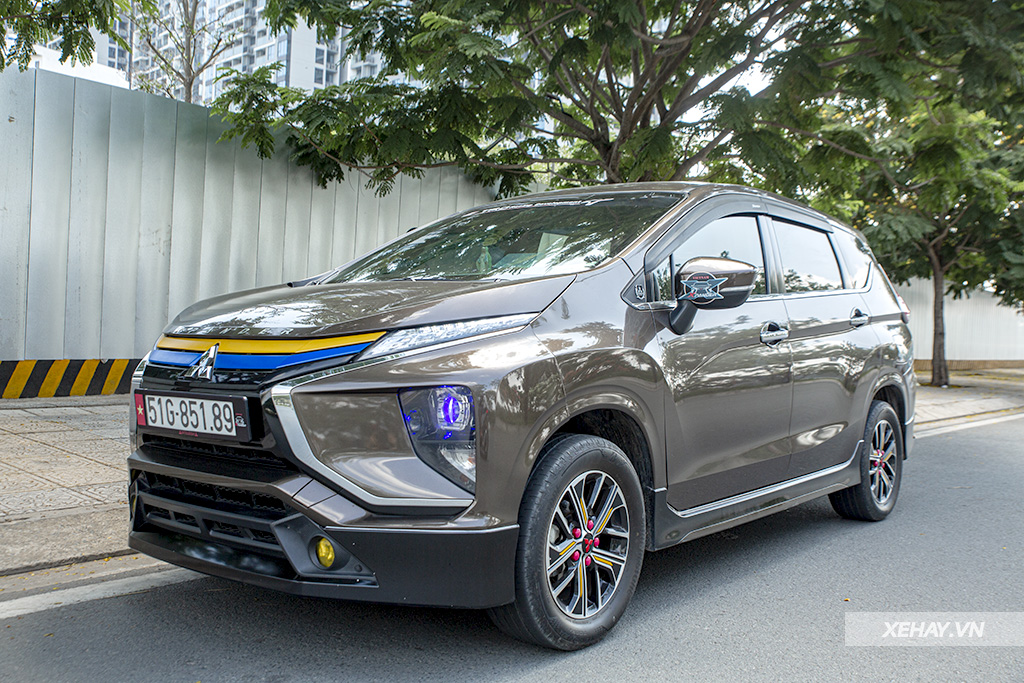
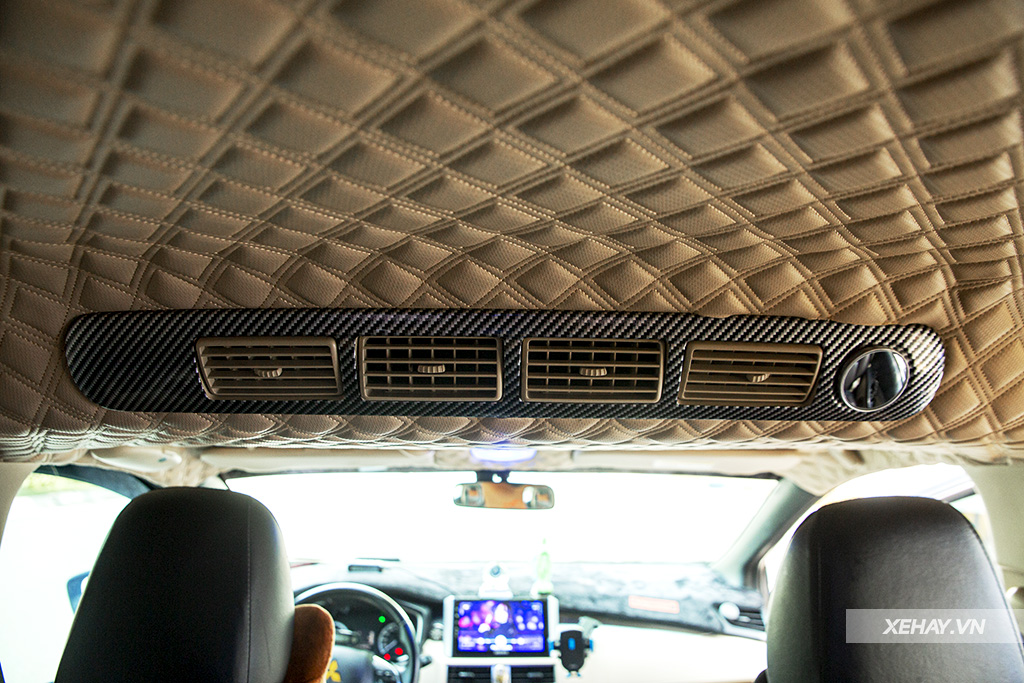
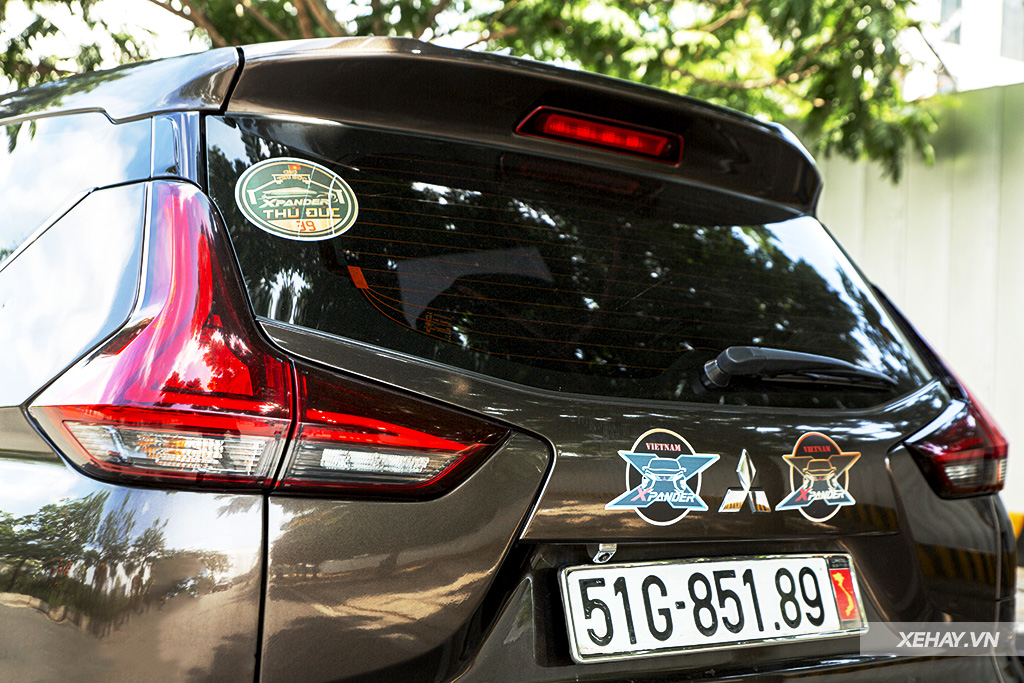

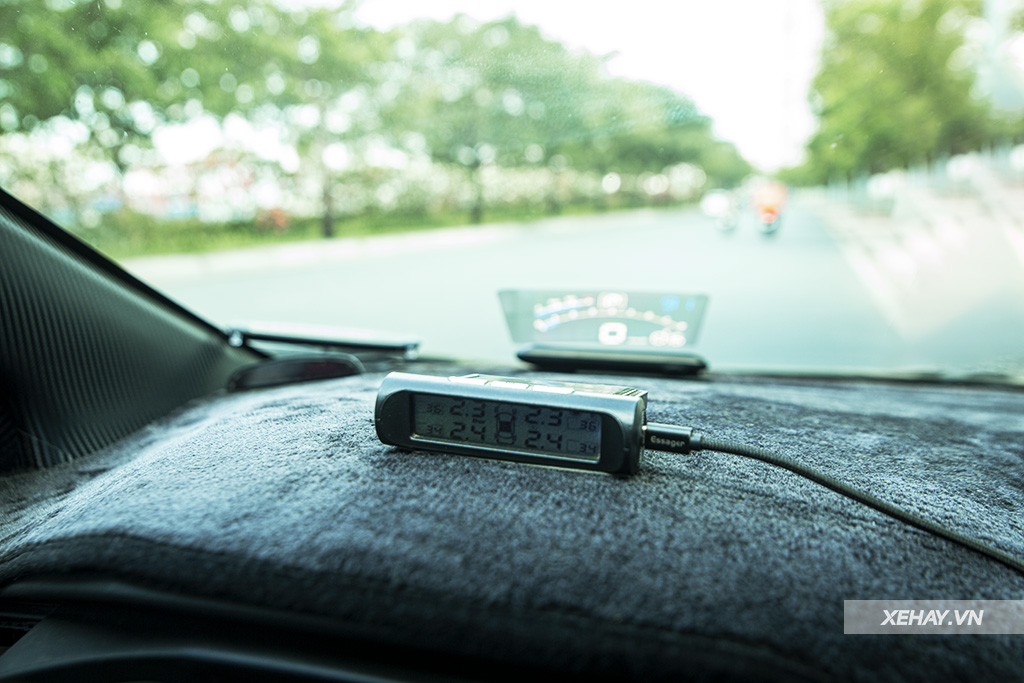

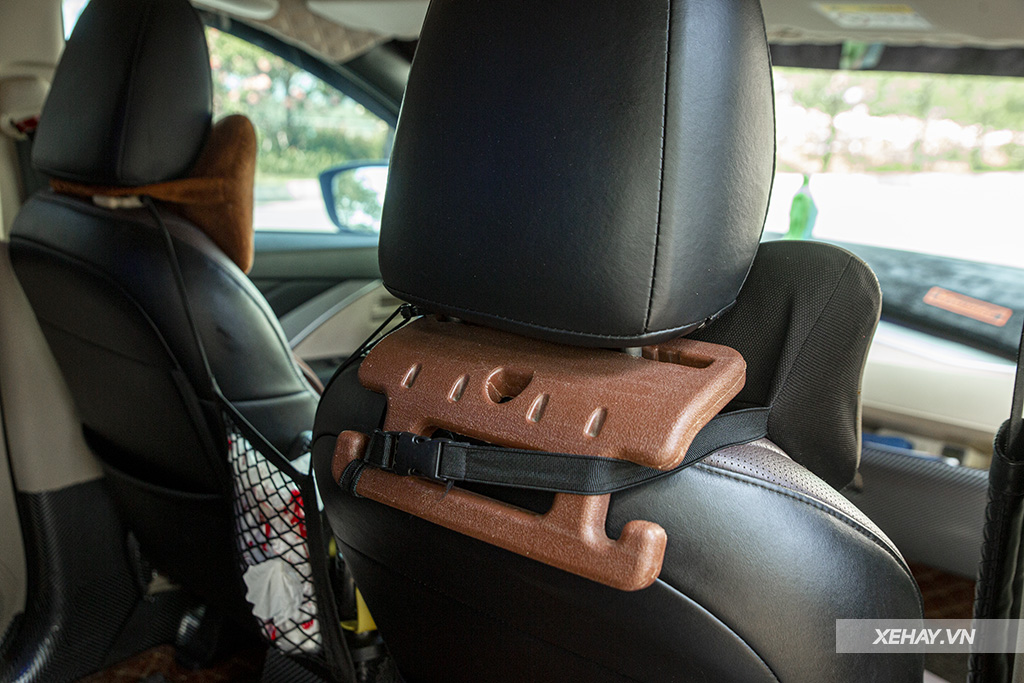
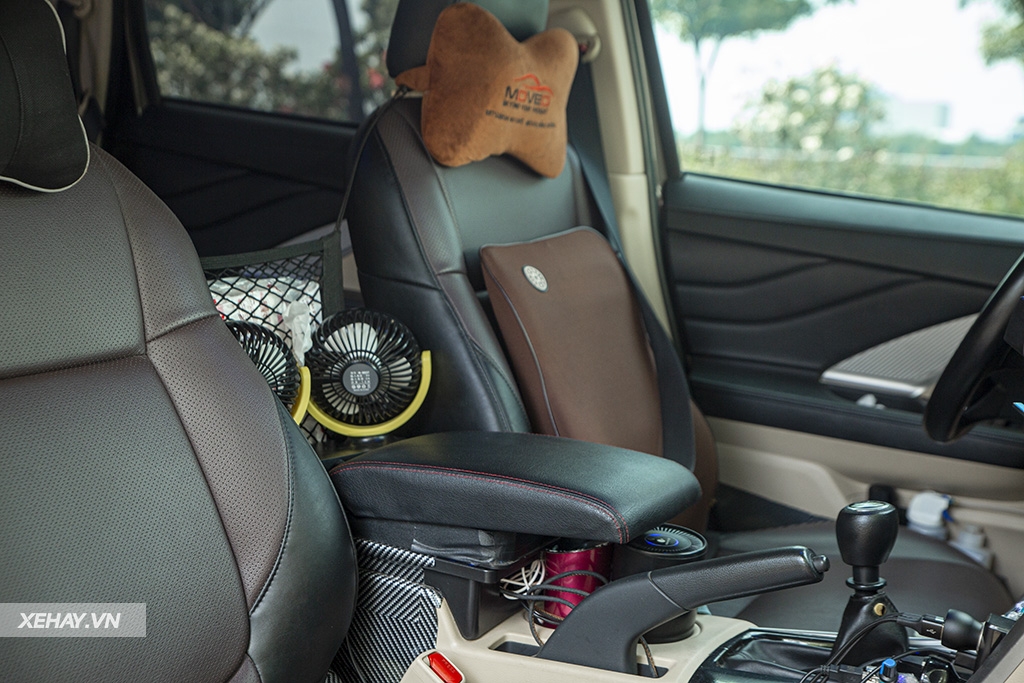


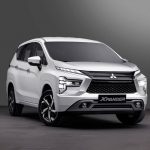
![[Mitsubishi Xpander vs Toyota Veloz] Intense Battle – An In-depth Comparison](https://vnauto.net/wp-content/uploads/2023/10/xehay-xpanderveloz-14-150x150.jpg)
![[CAR REVIEW] Mitsubishi Xpander 2022: A Genuine Transformation](https://vnauto.net/wp-content/uploads/2023/10/xehay-xpandertrip-35-150x150.jpg)
